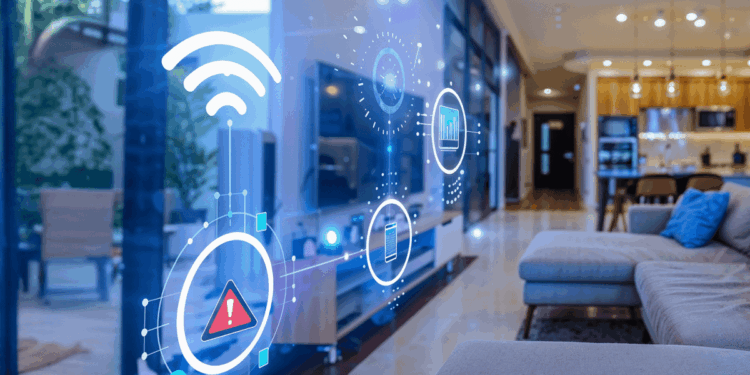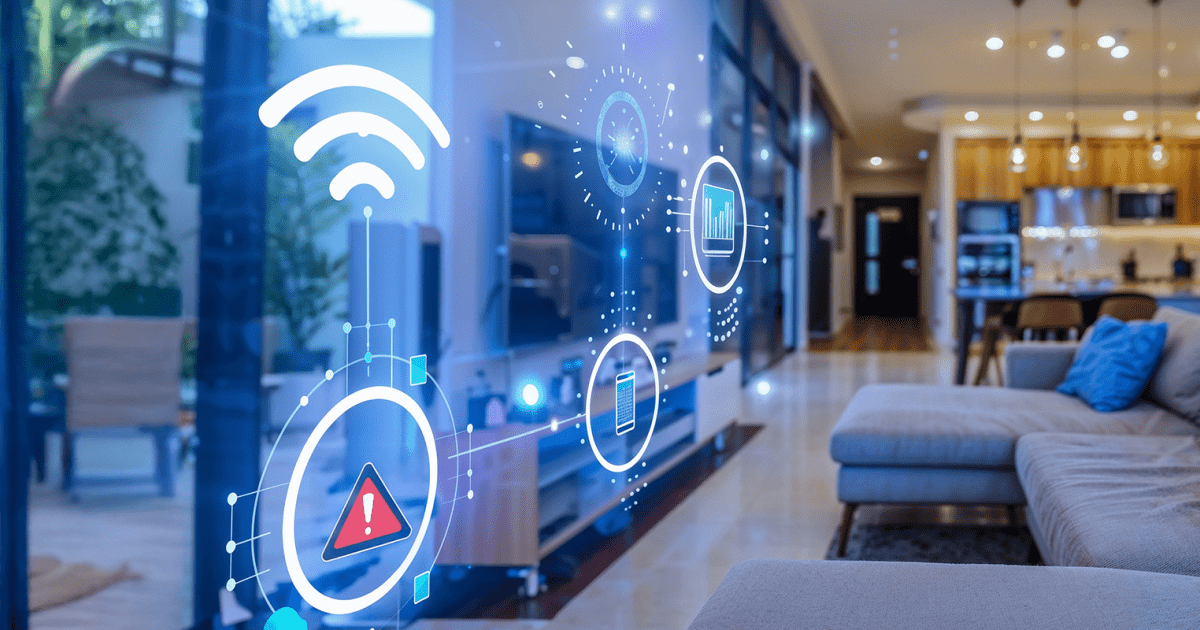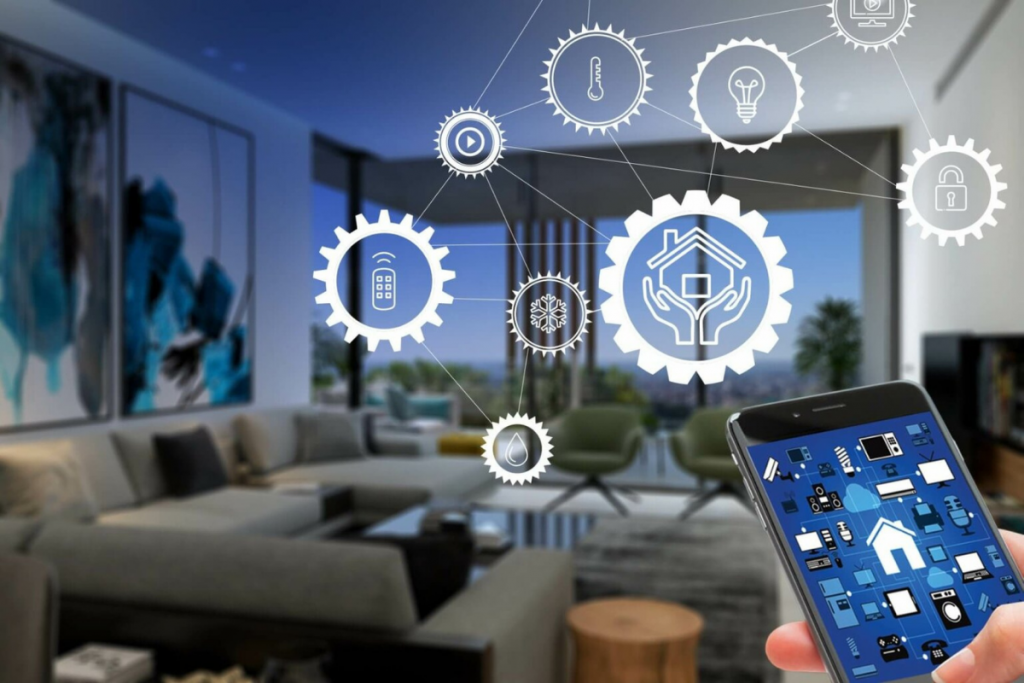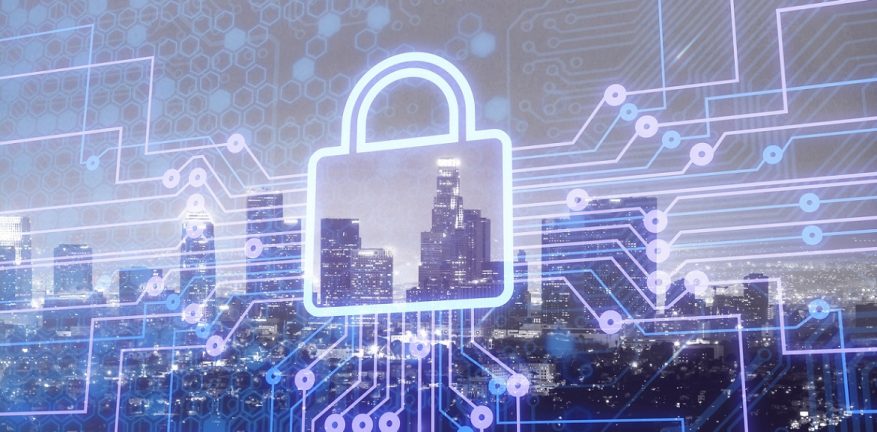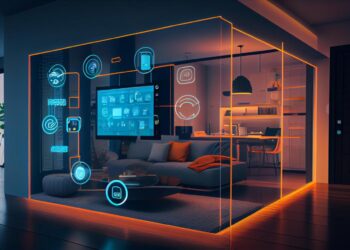Smart technology has revolutionized modern living, offering convenience, efficiency, and connectivity like never before. From voice-activated assistants to self-adjusting thermostats, smart devices have seamlessly integrated into our daily routines. However, beneath the surface of these innovations lies a darker reality—privacy risks, security vulnerabilities, and ethical concerns. This in-depth article explores the hidden dangers of smart technology, its impact on society, and how users can protect themselves.
Understanding Smart Technology: A Double-Edged Sword
Smart technology refers to devices embedded with artificial intelligence (AI), machine learning, and Internet of Things (IoT) capabilities that automate tasks and adapt to user behavior. While these advancements bring undeniable benefits, they also introduce significant risks.
A. The Benefits of Smart Tech
-
Convenience & Automation – Smart homes adjust lighting, temperature, and security without manual input.
-
Energy Efficiency – AI optimizes power usage, reducing utility bills.
-
Enhanced Security – Smart cameras and alarms provide real-time monitoring.
-
Health & Wellness – Wearables track fitness and alert users to potential health issues.
B. The Dark Side of Smart Tech
Despite its advantages, smart technology poses serious threats, including:
1. Privacy Invasion & Data Exploitation
One of the biggest concerns with smart devices is their ability to collect, store, and share personal data without explicit consent.
A. Always-Listening Devices
-
Voice assistants like Alexa and Google Home record conversations, sometimes accidentally activating.
-
Leaked recordings have been used in criminal investigations, raising ethical debates.
B. Data Monetization by Corporations
-
Companies sell user behavior data to advertisers for targeted marketing.
-
Smart TVs, for example, track viewing habits to deliver personalized ads.
C. Lack of Transparency
-
Many users unknowingly agree to invasive terms and conditions.
-
Data storage policies are often vague, leaving personal information vulnerable.
2. Cybersecurity Threats & Hacking Risks
As smart devices become more interconnected, they create new opportunities for cybercriminals.
A. Vulnerabilities in IoT Devices
-
Weak default passwords and outdated firmware make smart gadgets easy targets.
-
Hackers can infiltrate home networks through unsecured smart locks or cameras.
B. Real-World Consequences
-
Smart Home Hijacking – Intruders can disable alarms or unlock doors remotely.
-
Ransomware Attacks – Hackers can take control of devices and demand payment.
-
Identity Theft – Stolen data from smart assistants can lead to financial fraud.
C. Case Studies of Major Breaches
-
Ring Camera Hacks – Strangers spied on families through compromised security cameras.
-
Smart Thermostat Exploits – Cybercriminals manipulated heating systems in large-scale attacks.
3. Psychological & Social Impacts
Beyond privacy and security, smart technology affects mental health and human behavior.
A. Addiction & Over-Reliance
-
Constant notifications create digital dependency.
-
Smartphone addiction leads to decreased productivity and social isolation.
B. Loss of Human Interaction
-
Voice assistants reduce face-to-face communication.
-
Children growing up with AI companions may struggle with empathy.
C. Surveillance Society & Paranoia
-
The feeling of being constantly watched increases anxiety.
-
Employers and governments may misuse smart tech for monitoring.
4. Ethical Dilemmas & Lack of Regulation
The rapid growth of smart tech has outpaced legal frameworks, leading to ethical gray areas.
A. AI Bias & Discrimination
-
Facial recognition systems have shown racial and gender biases.
-
Algorithmic decisions in smart hiring tools may favor certain demographics.
B. Corporate Control Over Personal Data
-
Tech giants like Google and Amazon dominate smart ecosystems.
-
Users have little control over how their data is used.
C. Government Surveillance Concerns
-
Smart city initiatives raise fears of mass surveillance.
-
China’s social credit system exemplifies how tech can enforce control.
How to Protect Yourself from Smart Tech Risks
While smart technology is here to stay, users can take steps to minimize risks.
A. Strengthening Home Network Security
-
Change Default Passwords – Use strong, unique passwords for all devices.
-
Enable Two-Factor Authentication (2FA) – Adds an extra layer of security.
-
Regular Firmware Updates – Patch vulnerabilities in smart gadgets.
B. Limiting Data Collection
-
Disable Unnecessary Features – Turn off voice recording if not needed.
-
Review Privacy Settings – Opt out of data-sharing agreements.
-
Use a VPN – Encrypt internet traffic to prevent tracking.
C. Choosing Ethical Smart Devices
-
Research brands with strong privacy policies.
-
Support open-source alternatives that prioritize user control.
The Future of Smart Tech: Can We Fix It?
As awareness grows, tech companies and regulators are under pressure to address these issues. Possible solutions include:
A. Stricter Data Protection Laws
-
GDPR-style regulations for smart device manufacturers.
-
Penalties for companies that misuse personal data.
B. Decentralized Smart Technology
-
Blockchain-based IoT networks for enhanced security.
-
User-owned data models instead of corporate control.
C. Ethical AI Development
-
Transparent algorithms to prevent bias.
-
Public oversight in AI decision-making processes.
Conclusion: Balancing Convenience & Caution
Smart technology offers incredible benefits but comes with serious risks—privacy breaches, cyber threats, and societal impacts. By staying informed and taking proactive security measures, users can enjoy the perks of smart tech while minimizing its dangers. The future of this industry depends on ethical innovation and stronger regulations to protect consumers.
Tags: smart technology, privacy risks, cybersecurity, IoT dangers, data exploitation, AI ethics, smart home security, digital addiction, surveillance, tech regulation

